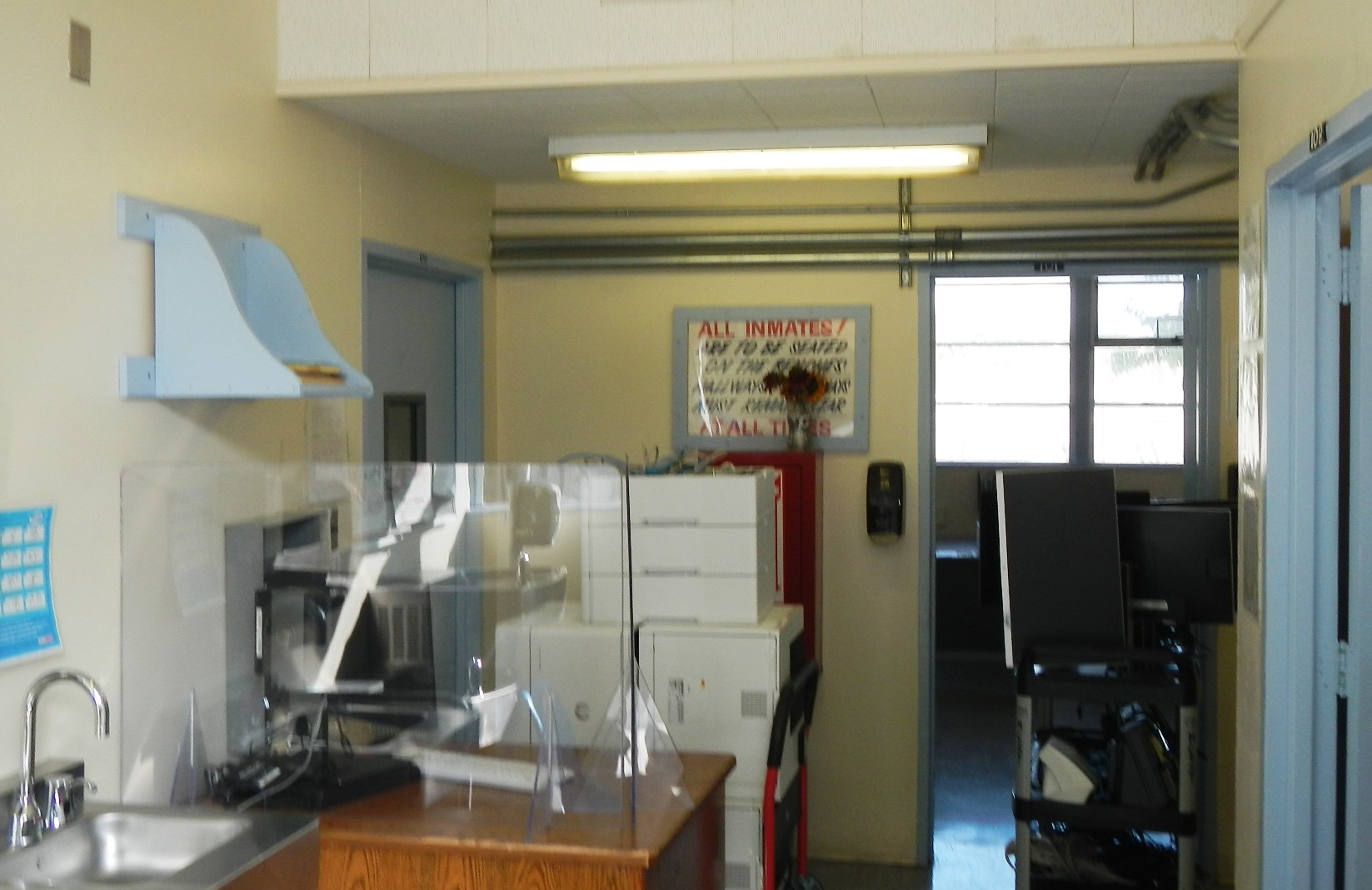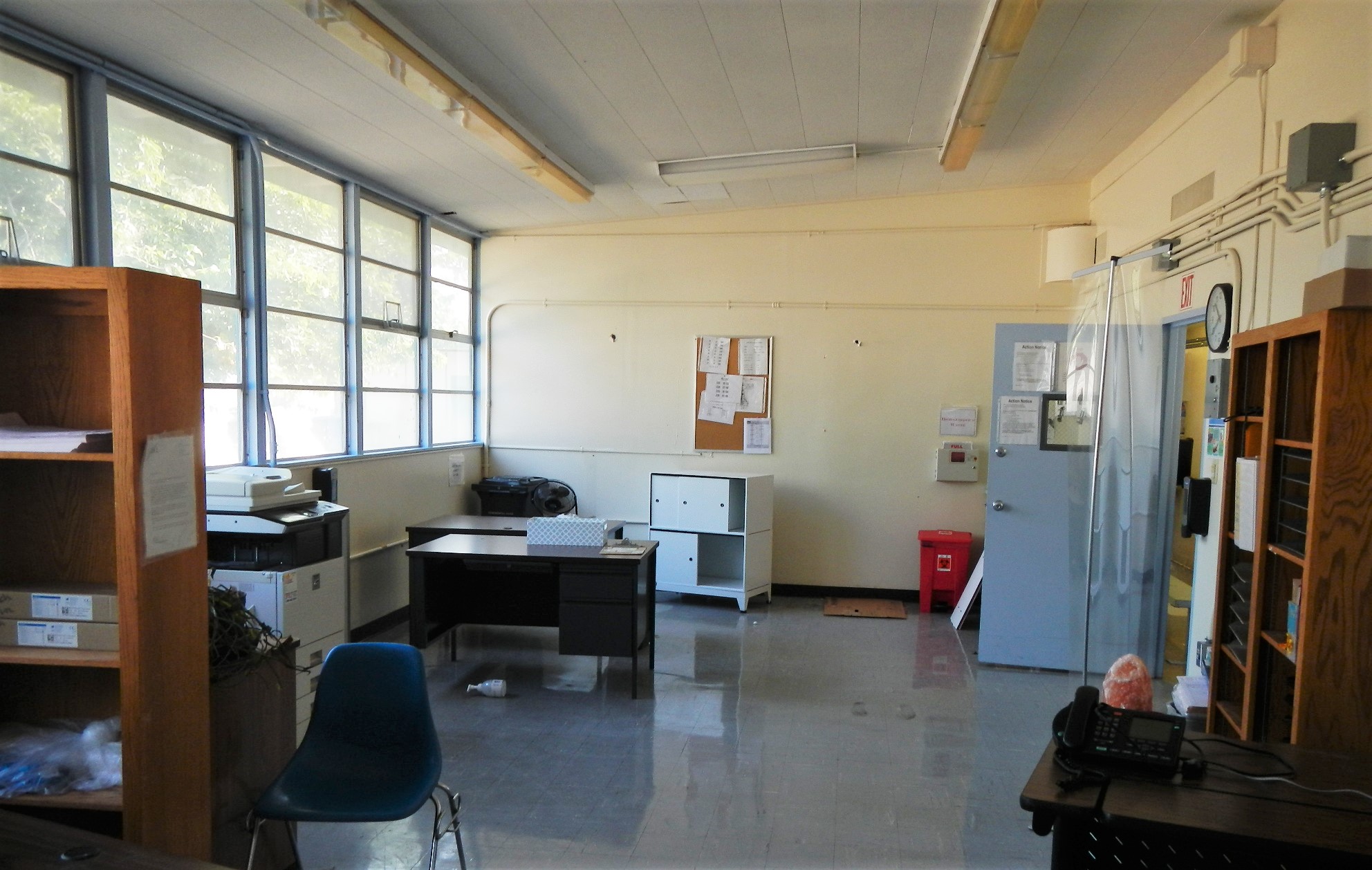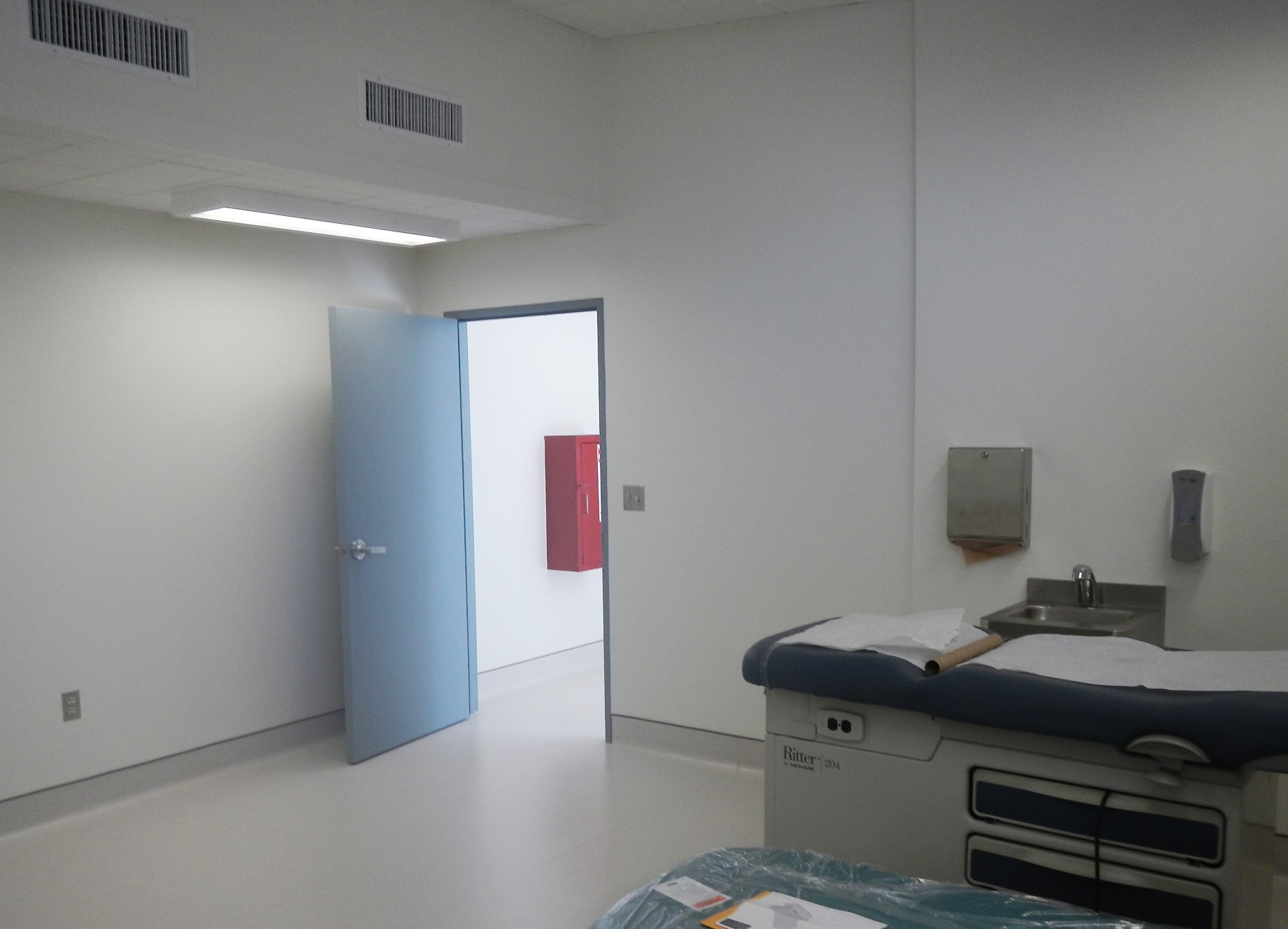(Editor’s note: In honor of National Skilled Trades Day, Inside CDCR takes a closer look at a CIM renovation project.)
The health care facility at California Institution for Men (CIM), Facility A, Building 377, received an upgrade while providing incarcerated students hands-on training that can lead to professional certificates and career skills they can use upon release.
The Inmate/Ward Labor program (I/WL) renovated the 61-year-old, 3,200 square foot clinic in four-and-a half months.
They added new acoustic ceilings, vinyl flooring, security lighting, paint, cabinets and countertops with sinks. Plumbing fixtures in exam rooms were replaced and cubicles added to allow space for furniture.
This is a real plus for the institution. Now A-Yard has two medical clinics so clinicians and providers can see patients in a more private and spacious setting.
CDCR Architect Mark Grexton designed the project and Construction Supervisor Nathan Townsend supervised. Then, six skilled craftsmen directed the work of 16 incarcerated people at CIM.
Incarcerated students learn construction trades
“This was a collaborated effort with a hardworking, professional, committed group of individuals,” said CIM Medical CEO Louis Escobell. “I/WL has always kept our operational concerns as a priority. They have worked closely together to assist in completing these projects on time.”
The I/WL Program was established within CDCR in 1983 under Penal Code §2816. The program is directly involved with new construction, renovation, and repair of CDCR’s facilities. It primarily consists of incarcerated individuals and skilled casual trades personnel under the supervision of CDCR staff. This approach provides incarcerated individuals with meaningful work and training in construction trades. They develop marketable job skills they can use post-release.
During their time working on construction projects, they receive on-the-job training in various vocational trades such as:
- concrete
- masonry
- carpentry
- electrical
- plumbing
- sheet metal
- and iron working.
They may also earn certifications in the use and application of materials such as welding, fire caulking, and epoxy flooring. In addition to developing skills with construction materials and tools, they may also become certified to operate construction equipment. These include forklifts, reach lifts, boom lifts, scissor lifts, and skid steers.
“I/WL’s commitment to excellence is evident in their end product. Our clinics, our staff and our patient population have benefited and will benefit for years to come,” Escobell said.


By Joe Orlando, Public Information Officer
Office of Public and Employee Communications
Read more rehabilitation stories.
Follow CDCR on YouTube, Facebook, X (formerly Twitter). Listen to the CDCR Unlocked podcast.
